Clemastine
Uses of Clemastine
- Treatment of allergic rhinitis (hay fever)
- Relief from sneezing and runny nose
- Management of itchy, watery eyes
- Used in skin allergies such as hives
- Relieves itching and allergic rashes
How Clemastine works
Clemastine blocks histamine H1 receptors in the body, reducing symptoms of allergic reactions such as sneezing, itching, and runny nose.
Benefits of Clemastine
- Fast relief from allergy symptoms
- Effective for seasonal and perennial allergies
- Reduces itching and skin irritation
- Longer duration of action than some other antihistamines
- Can be used in both respiratory and skin allergies
How to take Clemastine
Clemastine is taken orally, usually 1 to 2 times daily with or without food. Follow your doctor `s instructions and avoid exceeding the prescribed dose.
Type of Dosage Available
- Oral tablets
- Oral syrup
Side effects of Clemastine
- Drowsiness
- Dry mouth
- Dizziness
- Headache
- Upset stomach
Safety advice
- Avoid driving or operating machinery after taking Clemastine
- Do not consume alcohol while on this medication
- Use with caution in elderly and children
- Consult your doctor before use if pregnant or breastfeeding
- Store in a cool, dry place away from sunlight
Frequently Asked Questions (FAQs)
Q. What is Clemastine used for?
A. Clemastine is used to relieve allergy symptoms such as sneezing, runny nose, watery eyes, and itching.
Q. Can I take Clemastine daily?
A. Yes, but only as directed by your doctor. Long-term use should be monitored by a healthcare provider.
Q. Does Clemastine cause drowsiness?
A. Yes, drowsiness is a common side effect. Avoid driving or operating machinery if affected.
Q. Is Clemastine safe for children?
A. It can be used in children but only under medical supervision with appropriate dosage.
Q. Can I take Clemastine with other allergy medications?
A. Consult your doctor before combining Clemastine with other antihistamines or medications.
Medicine Not Available for Clemastine
Uses of Clemastine
- Treatment of allergic rhinitis (hay fever)
- Relief from sneezing and runny nose
- Management of itchy, watery eyes
- Used in skin allergies such as hives
- Relieves itching and allergic rashes
How Clemastine works
Clemastine blocks histamine H1 receptors in the body, reducing symptoms of allergic reactions such as sneezing, itching, and runny nose.
Benefits of Clemastine
- Fast relief from allergy symptoms
- Effective for seasonal and perennial allergies
- Reduces itching and skin irritation
- Longer duration of action than some other antihistamines
- Can be used in both respiratory and skin allergies
How to take Clemastine
Clemastine is taken orally, usually 1 to 2 times daily with or without food. Follow your doctor `s instructions and avoid exceeding the prescribed dose.
Type of Dosage Available
- Oral tablets
- Oral syrup
Side effects of Clemastine
- Drowsiness
- Dry mouth
- Dizziness
- Headache
- Upset stomach
Safety advice
- Avoid driving or operating machinery after taking Clemastine
- Do not consume alcohol while on this medication
- Use with caution in elderly and children
- Consult your doctor before use if pregnant or breastfeeding
- Store in a cool, dry place away from sunlight
Frequently Asked Questions (FAQs)
Q. What is Clemastine used for?
A. Clemastine is used to relieve allergy symptoms such as sneezing, runny nose, watery eyes, and itching.
Q. Can I take Clemastine daily?
A. Yes, but only as directed by your doctor. Long-term use should be monitored by a healthcare provider.
Q. Does Clemastine cause drowsiness?
A. Yes, drowsiness is a common side effect. Avoid driving or operating machinery if affected.
Q. Is Clemastine safe for children?
A. It can be used in children but only under medical supervision with appropriate dosage.
Q. Can I take Clemastine with other allergy medications?
A. Consult your doctor before combining Clemastine with other antihistamines or medications.
Download India's most affordable pharmacy app
- Compare with medicine prices
- Save upto 90% on your medicine bills
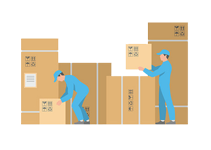
Temperature Controlled storage and delivery
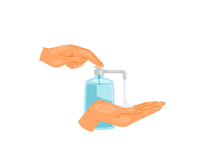
Regular Sanitization
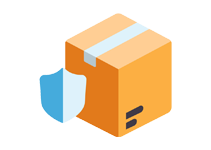
Disinfected Packaging
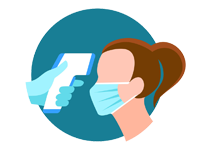








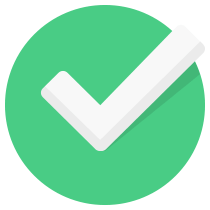 Added!
Added!